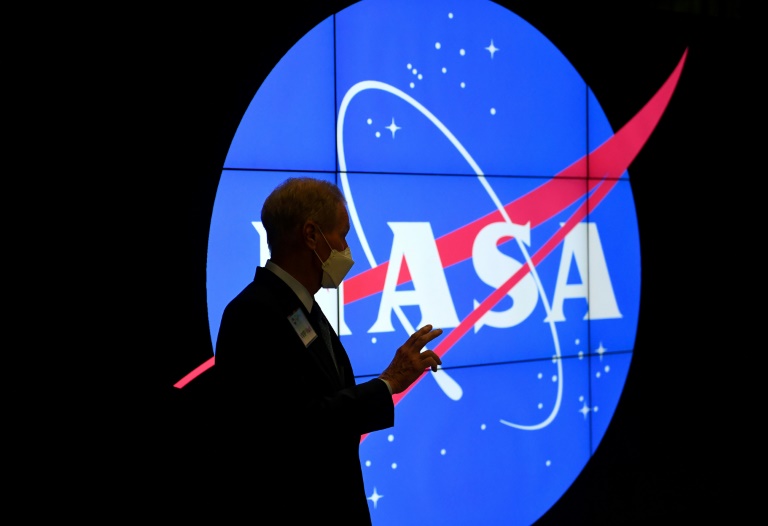The United States will send a crewed mission to the Moon “no earlier than 2025,” NASA chief Bill Nelson told reporters on Tuesday, pushing back the launch by at least a year.
A target of 2024 was set by the administration of former president Donald Trump when it launched the Artemis program.
But the program has since faced numerous delays, including in developing the vehicles needed.
Last week, NASA won a court case brought by Jeff Bezos’ Blue Origin which sued after losing a lander contract to Elon Musk’s SpaceX.
“We lost nearly seven months in litigation and that likely has pushed the first human landing likely to no earlier than 2025,” Nelson said on a call.
He also revealed there would be an uncrewed landing sometime before humans set foot on the lunar surface.
“The good news is that NASA is making solid progress,” said Nelson, citing the fact that the mission’s Orion crew capsule has now been stacked atop the giant Space Launch System rocket at the Kennedy Space Center in Florida.
NASA is targeting a first uncrewed mission, Artemis 1, in February 2022, and Artemis 2, the first crewed mission that will perform a flyby of the moon, in 2024.
Nelson revealed NASA was committed to a total development cost for Orion of $9.3 billion, which encompasses the period between 2012 and 2024, up from the previous estimate of $6.7 billion.
But he warned more funding would be required from Congress to meet the new timelines, adding “The Chinese space program is increasingly capable of landing Chinese taikonauts much earlier than originally expected.”
Humans last landed on the Moon in 1972 on the Apollo 17 mission.
NASA says the Artemis program will include the first woman and first person of color to set foot on the surface of Earth’s natural satellite.
The agency wants to build a sustained presence on the Moon and use the lessons learned there to develop a crewed mission to Mars by the 2030s.









